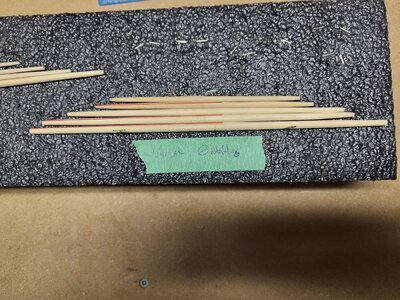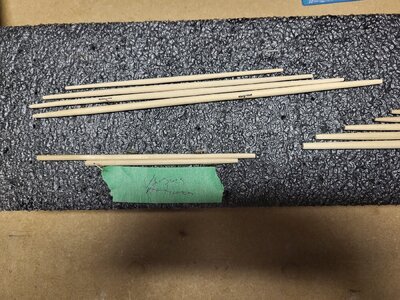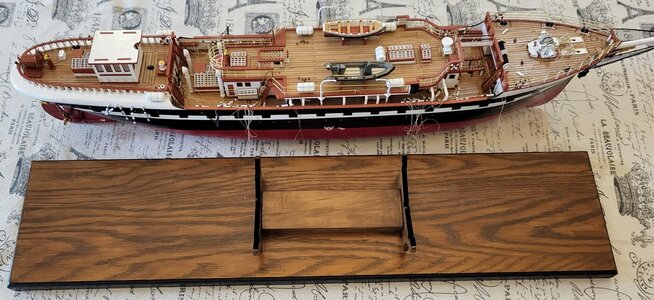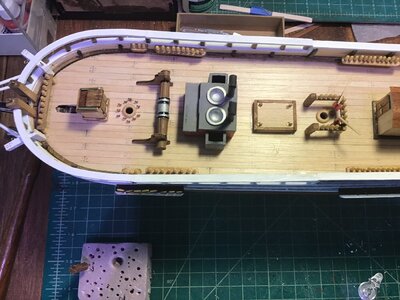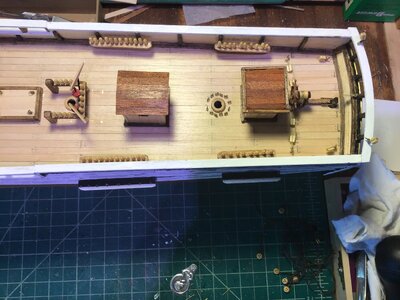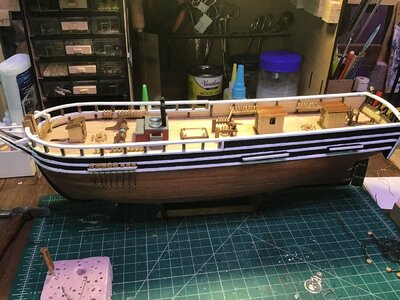Hi. I will try to explain a couple of things without translation aids.
Here is how I do ma yards. : Proxon lathe, 120 grit and 220 grit sand paper and a stick sander.
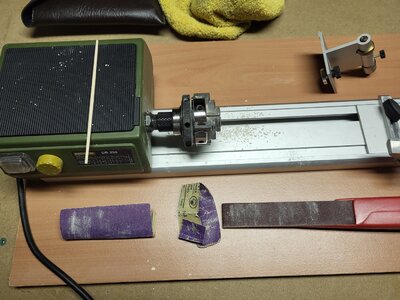
For parts of yards over 3 mm, chisel is used followed by sand paper. I found that the 120 grits makes a great job when a lot of wood have to be removed, but chisel do a relatively good job too. However my chisel is basic in quality : 100 CAN $ on amazon.
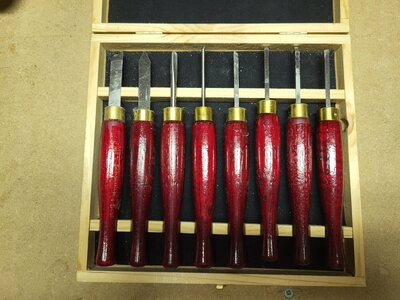
I found difficult to do a good job without a digital caliper on line. Dowels tend to move in radial axis from about 2-3 cm of the 4 jaw chuck. I think this is caused by the dowel flexibility, the creation of a kind of axial momentum is rising with speed at the lenght of the dowel outside the jaw. Like an electron spin in an orbital (sorry for my chemist backgroud, I am not a physicist). When this happen, the used of chisel is a precarious experience, I preferre to use sand paper plied in two and I used my finger to guide the sanding process along the dowel.
Another great difficulty is when you turn over the side of the dowel. You don't retrieve a flat surface to be sqweezed by the jaw. This create instability and wobbling plus unsymetrical yard in left to right side.
Finally, an other difficult reside in the obtention of a straight line from the middle to the end of dowel. lik showed by these two pictures. I am afraid to srap my dowel by trying to refine the job more. OH, 1 mm in diameter is a great challenge to obtained !
Finally, I am not sure if I work well or if my small Proxxon is only a toy ! Should have obtain better results with a real lathe with appropriate steady rest or tail stock like reverse live center?
